The “30-year-old Metropolis” moniker gets bandied around so much we imagine Shenzhen arrived from space and landed in a desert. True, what had constituted Bao’an County, just north of Hong Kong, had been but a spattering of fishing villages three-and-a-half decades ago. True too, the population has bounced from 30, 000 to over 12 million in this short time. But this phenomenal example of accelerated urbanism does not mean this is a city without history.
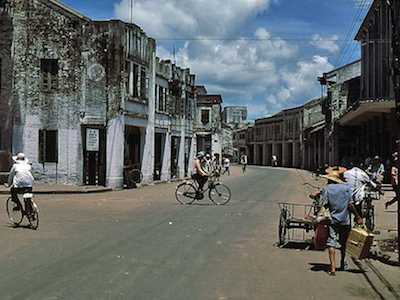
Photo Source: Business Insider
In reality, the Pearl River Delta region has been a significant quarter of China for over two millennia, a region that was trading with foreign empires long before the Portuguese or British arrived along with its typhoon battered shores. Though evidence of human habitation stretches back some 5,000 years, it was at the time of the Han Dynasty that Shenzhen had emerged as the center of an imperial salt monopoly, hence the name of Yantian District, which means the “Salt Fields.”
The region was trading with the empires of early antiquity hereafter, with Nantou, in present day Nanshan District, the administrative center of Dongguan Prefecture. It was also in Nanshan that the vestiges of the Song Court, retreating from marauding Mongol hordes, made their last stand. When their defeat seemed inevitable, chief-minister Lu Xiufu jumped off a cliff with the infant Emperor Bing strapped to his back. In Chiwan in Shekou, a tomb remains to mark the emperor’s final resting place.
The Ming and Qing dynasties saw engagement with Europeans for the first time. The sea battle of shooters was fought against the Portuguese just off Shekou in 1521, while in Nantou Ancient City, Hong Kong was conceded to the British in 1842.
Nantou Ancient City
Nantou Ancient City

Source: The Culture Trip
Founded in 331 as an administrative center of the Dongguan Prefecture, Nantou was an important Pearl River City in its heyday. It was fortified in 736 during the Tang Dynasty, and imperial troops were stationed there. Zhenghe is said to have stopped to pray at the Tianhou Temple in Nantou during one of his famous voyages. The city was walled in 1394 as Ming administrators sought to bolster their coastal defenses and in 1573 some 7,000 families moved into the city to establish Xin’an County. It since fell into decline, especially after the modern city of Shenzhen exploded around it. But what remains, now protected as a walk-through museum, is very much worth exploring. Tucked away behind a wall of tenements the curious traveler will be able to get up close and personal with the ancient gates, shrines, ancestral halls, as well as some notable residences.
Dapeng Fortress

Source: SCMP
Right out on the Dapeng Peninsula along the city’s eastern periphery, the Dapeng Ancient Fortress was first built in the 27th year of Hongwu reign of the Ming Dynasty in 1394. Home to over a 1,000 households at its peak, it played an important role in China’s fight against Japanese pirates who attacked and latterly, British who never got much further than Hong Kong. The granite battlements are six meters tall, extend 1,200 meters around the town and can be walked in parts. But it is the labyrinth of stone backstreets that remain home to elderly Hakka families that is the real delight, as one steps back in time to a Shenzhen of yesteryear. In recent years tourist shops, guesthouses, and restaurants have multiplied, but the fortress remains a charming place to explore nonetheless.
Guanlan
Not far from the world’s largest golf course, Mission Hills, there’s a superbly preserved Qing Hakka Village that is now home to a printmaking art district. As well as playing host to regular visiting artists and occasional exhibitions, including the Guanlan International Print Biennial, what is perhaps most alluring for the casual visitor is the well-protected traditional architecture, a true rarity in this industrial area of Shenzhen. Tree-lined streets, traditional watchtowers, lavender gardens and clan residences are now home to coffee shops, galleries, and workshops while the ancestral home of the artist Chen Yanqiao, who hails from the village, has been turned into a museum.
Phoenix Village
Fenghuang or Phoenix Village is located atop a mountain of the same name in Bao’an District. At the entrance, there’s a marvelous old tower, the six-level Wen Tower dating from 1796. Wen is the surname of all the residents of Fenghuang, themselves the descendants of Wen Tianxiang, a chief minister during the Song Dynasty executed by invading Mongol forces in 1283 for noncompliance. The grandson of Wen Tianxiang’s nephew escaped to Shenzhen after losing a battle against Yuan armies in Huizhou, and it was his descendants that founded Fenghuang Village. Atop the hill, there’s an ancient temple. It’s a stiff one-hour hike but offers stunning vistas of the region.







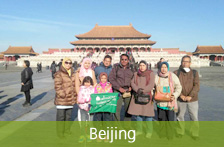
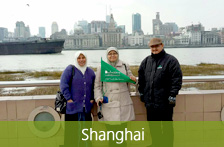
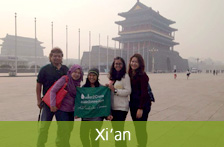
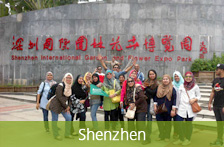
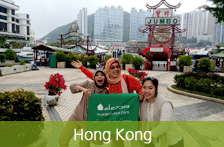
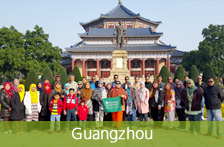
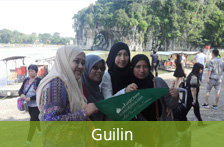
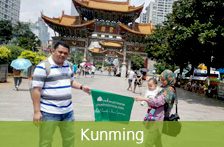
.jpg)










